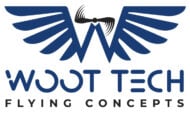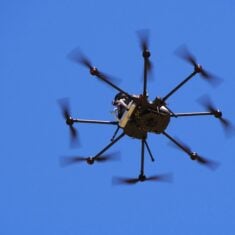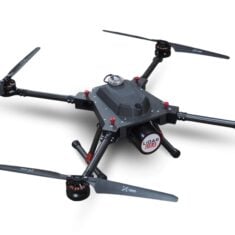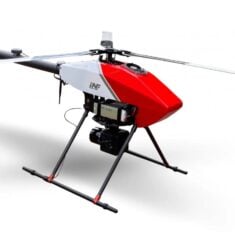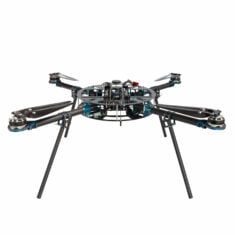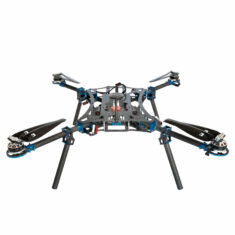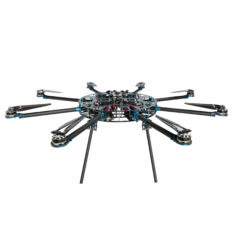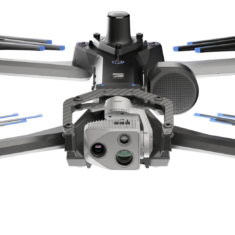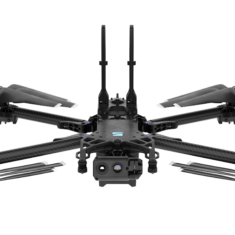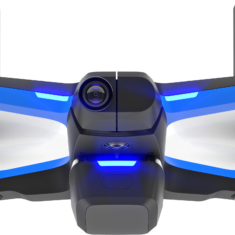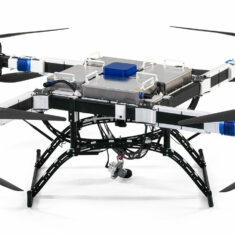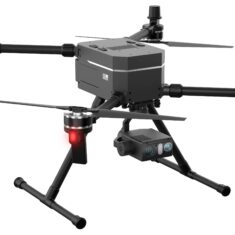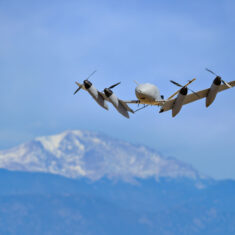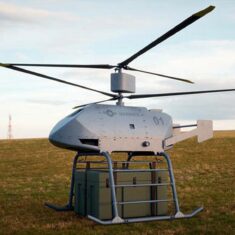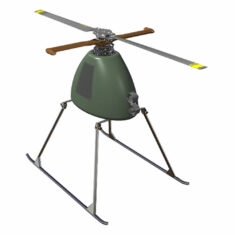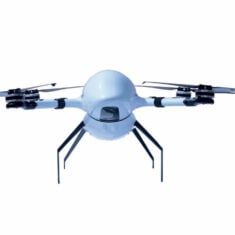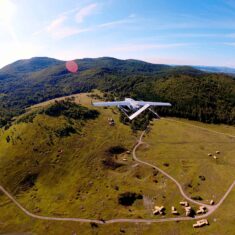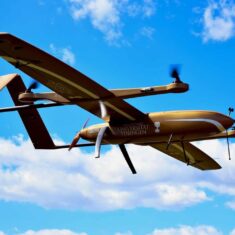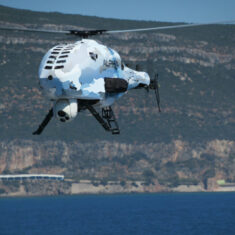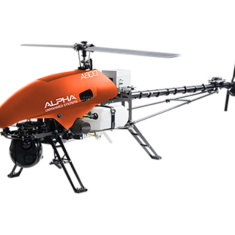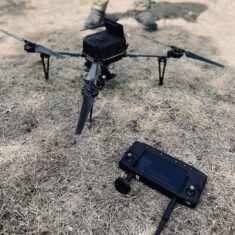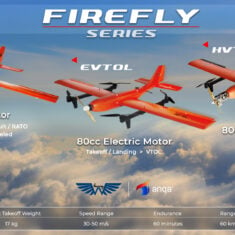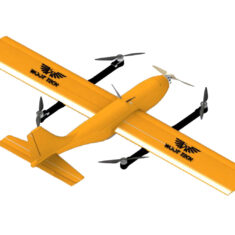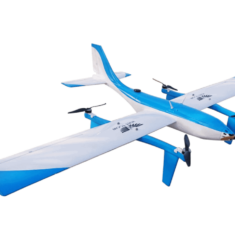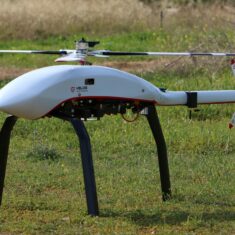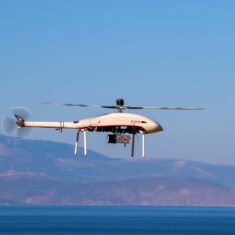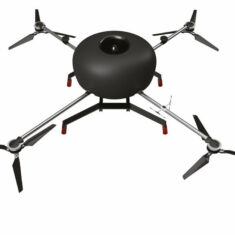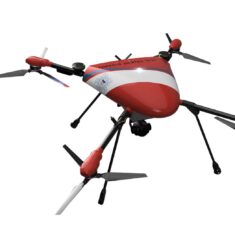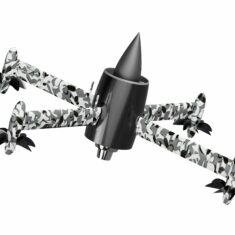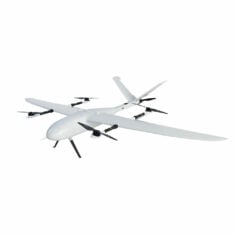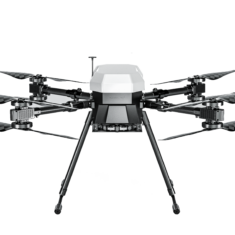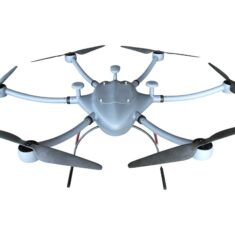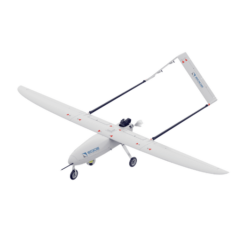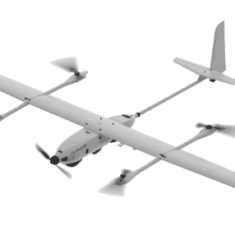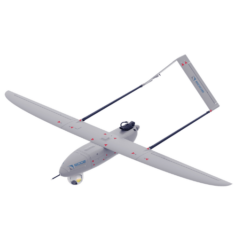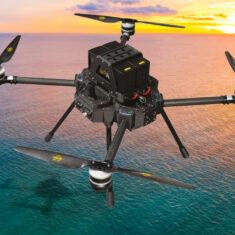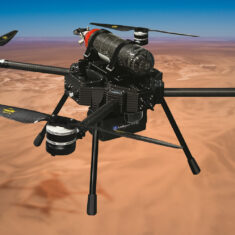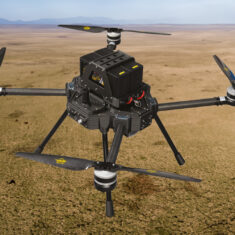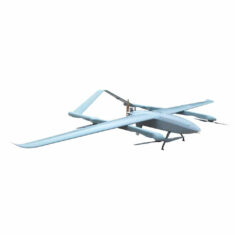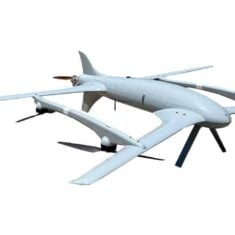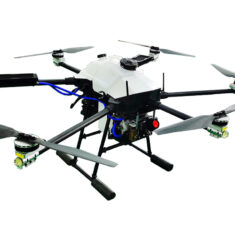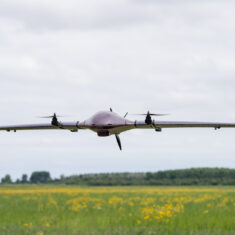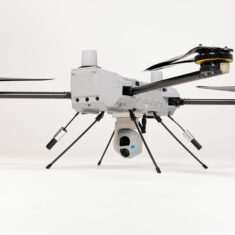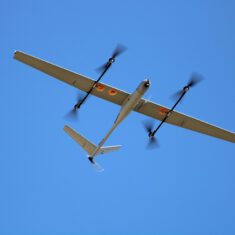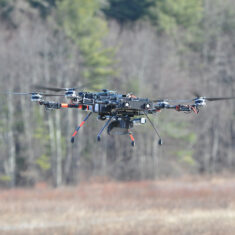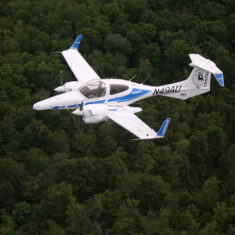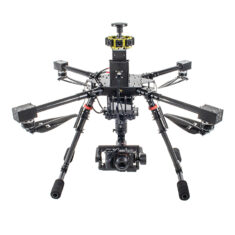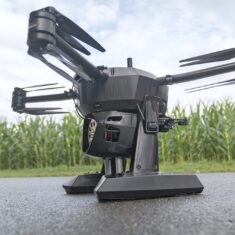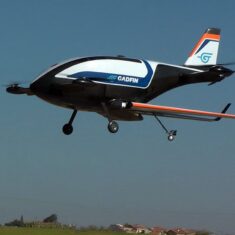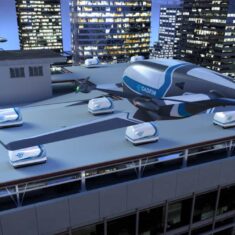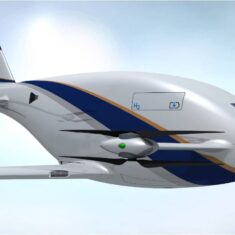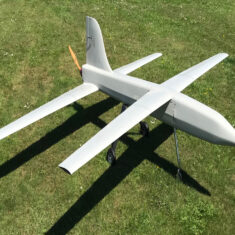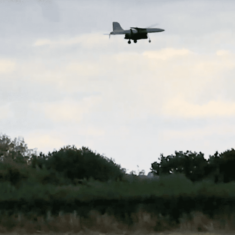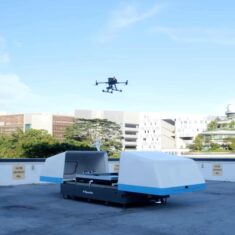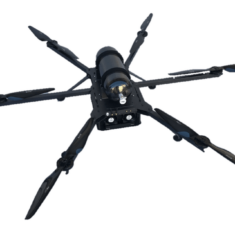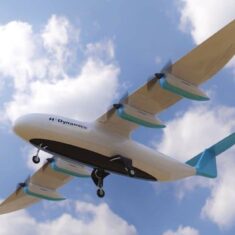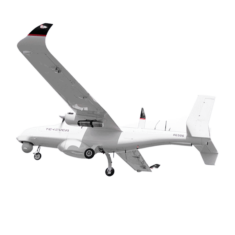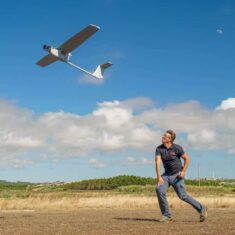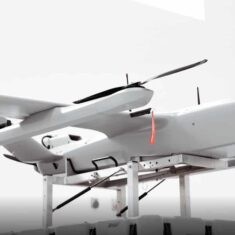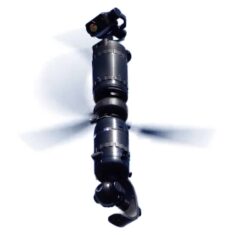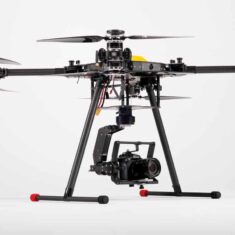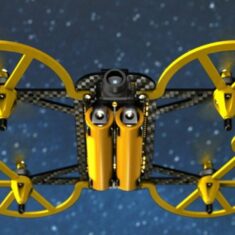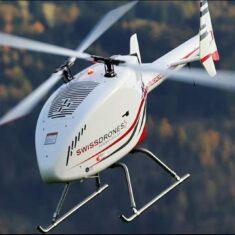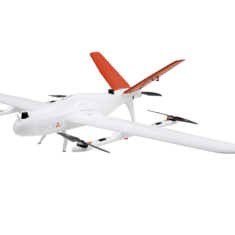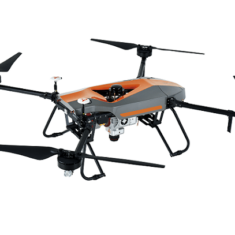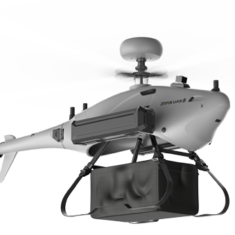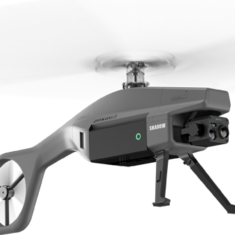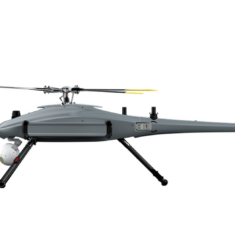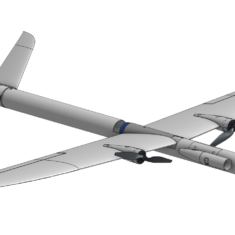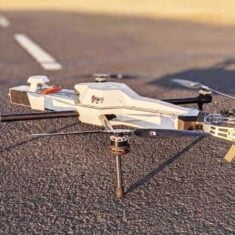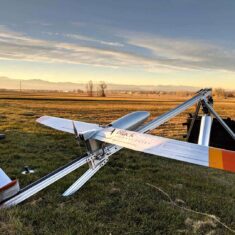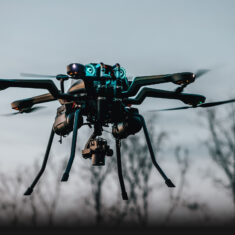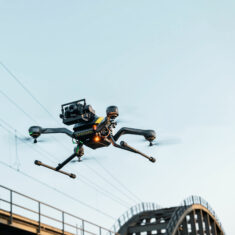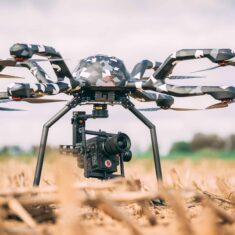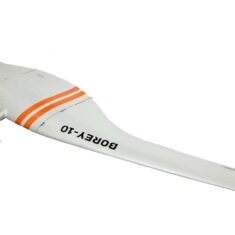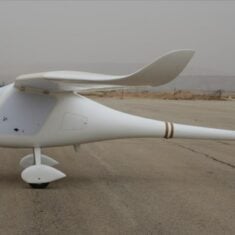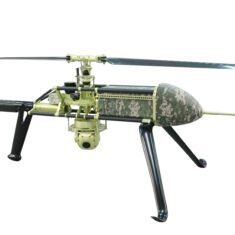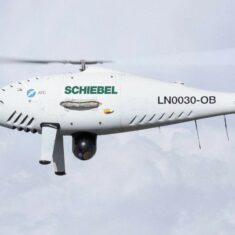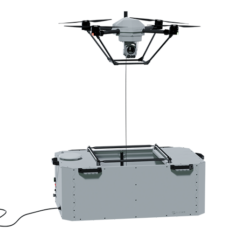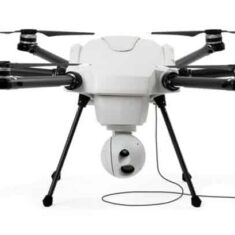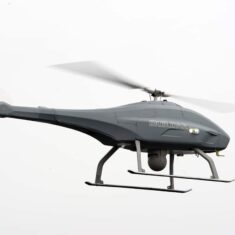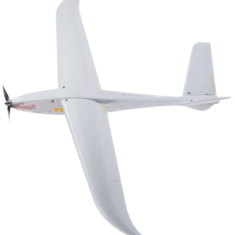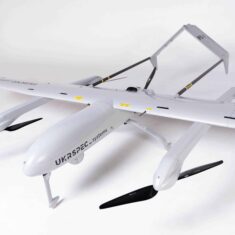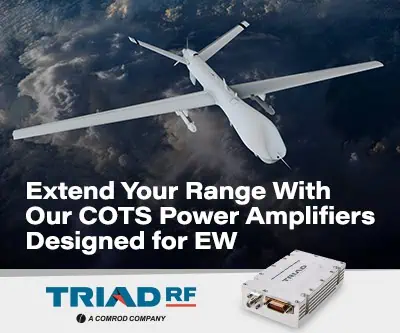Unmanned Aerial Vehicles / Uncrewed Aerial Vehicles (UAV)
Find suppliers and manufacturers of Unmanned Aerial Vehicles (UAV), Drones, Unmanned Aerial Systems (UAS), Unmanned Helicopters and Remotely Piloted Aerial Systems (RPAS), for Tactical, Commercial and Industrial Applications- Aerial Target Manufacturers
- Agricultural Drones
- Autonomous Aerial Vehicles
- Backpack Drones
- Cargo Drones
- Defense Drones
- Drone in a Box
- Electric Motor UAV
- eVTOL Drones
- First Responder Drones
- Fixed Wing UAV Manufacturers
- Fixed-Wing Mapping Drones
- Heavy Lift Drones
- Hexacopter UAV
- Hybrid Drones
- Hybrid VTOL Fixed-Wing UAV Manufacturers
- Hydrogen Drones
- Indoor Drones
- Industrial Drones
- ISR Drones
- Law Enforcement Drones
- Long Endurance Drones
- Mapping Drones
- Maritime Drones
- Medical Drones
- Meteorological Drones
- Military Drones
- Multirotor Drones
- Octocopter
- PPK Drones
- Public Safety Drones
- Quadcopter Drones
- Reconnaissance Drone
- Rotary Wing UAVs
- RTK Drones
- Search and Rescue Drones
- Solar-Powered Drones
- sUAS
- Surveillance Drones
- Survey Grade UAV
- Tactical Drones
- Target Drones
- Tethered Drones & UAVs
- Tilt-Rotor Drones
- Unmanned Helicopter
- Unmanned LTA, Blimp & Aerostat Manufacturers
- VTOL UAV
Unmanned Aerial Vehicles & Systems (UAV, UAS)
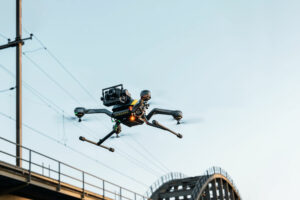
Acecore’s Zoe Zetona professional multirotor drone
UAVs (unmanned aerial vehicles), also known as drones or RPAS (remotely piloted aircraft systems) are aircraft that can carry out missions without any human operators on board. They may also be referred to as UAS, although this term technically refers to the collective equipment required for the UAV to operate, including the sensors, communications link, GCS (ground control station) as well as the aircraft itself.
UAV Types
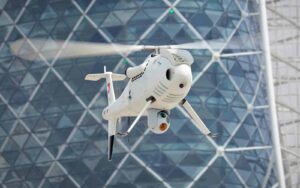
Schiebel’s CAMCOPTER S-100 VTOL UAS
UAV platforms encompass a variety of different designs, which can be split roughly into fixed-wing or rotary. Rotary platforms include quadcopters, hexacopters and other multicopter designs, as well as unmanned helicopters. There are also hybrid VTOL fixed-wing drones that combine the advantages of both types.
UAV Applications and Advantages
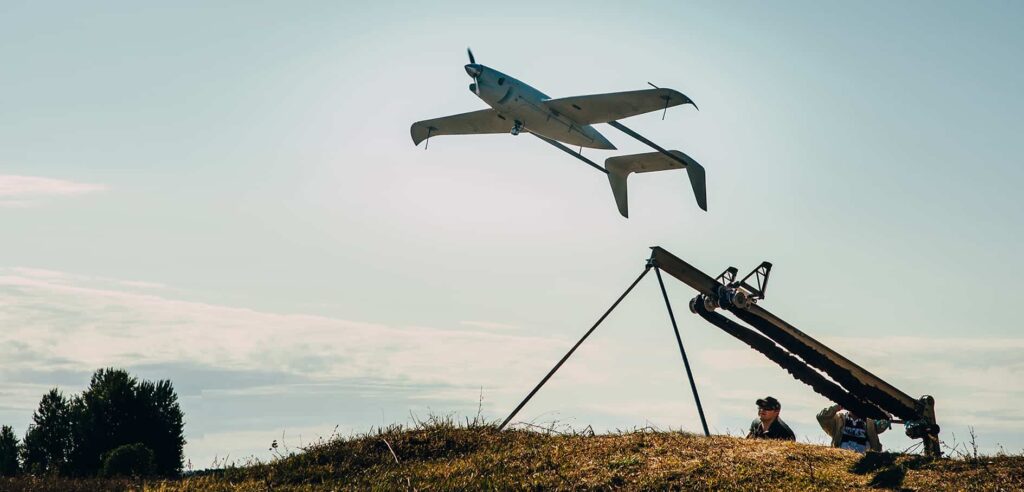
Skyeton’s Raybird 3 long-range UAS
Originally developed for military applications such as ISR (intelligence, surveillance and reconnaissance) and offensive engagements, UAVs are now also used for a wide variety of civilian applications. These include mapping and surveying, precision agriculture, cargo delivery, industrial inspection and monitoring, scientific and environmental research, and much more.
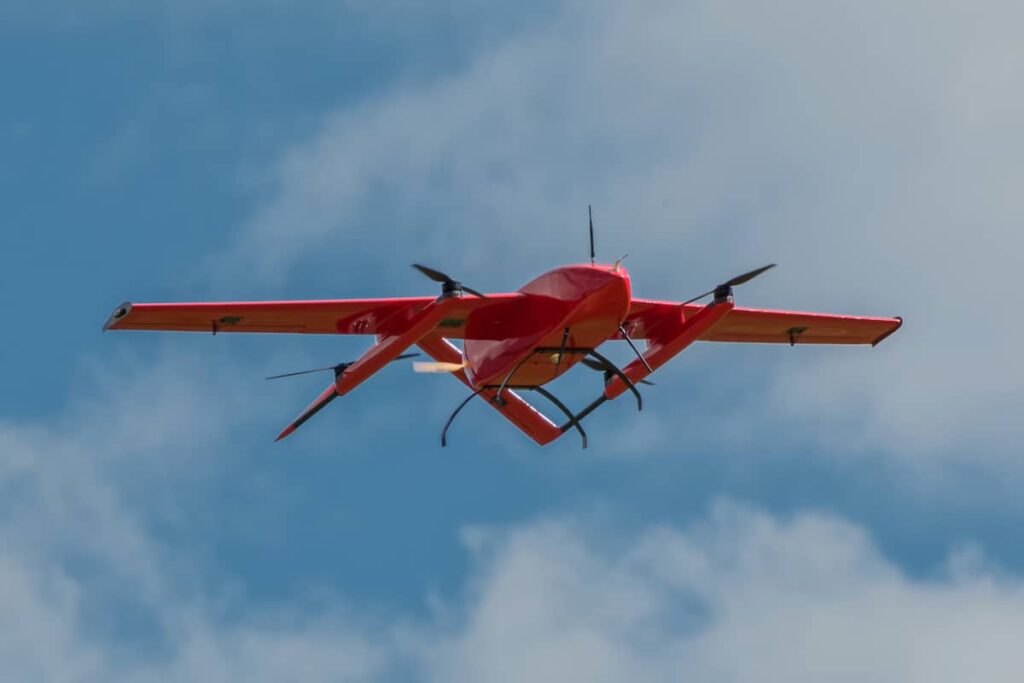
Tango VTOL UAV by ElevonX
UAVs provide a number of advantages over manned aircraft. They are cheaper to operate and quick to deploy, and allow pilots and operators to be removed from harm’s way. Smaller platforms may be able to operate from extremely small footprints and access areas that larger aircraft cannot.
UAV Payloads and Sensors
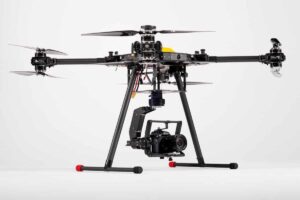
HD Air Studio’s Sonda X8 foldable octocopter
UAVs may be equipped with a wide variety of sensors and payloads that enable them to carry out their missions. These include EO/IR (electro-optical/infrared) gimbals, visible and thermal cameras, LiDAR scanners, and chemical sensors. Military UAVs may also carry armaments and specialized payloads such as EW (electronic warfare) systems and SIGINT (signals intelligence) sensors.
UAV Propulsion
Many smaller unmanned aerial platforms are battery-powered. The power-to-weight ratio of batteries diminishes with scale, so larger platforms tend to use internal combustion or jet engines powered by gasoline, diesel or heavy fuels.
Some drone platforms also use hydrogen fuel cells, as well as solar panels which are particularly useful for HAPS (high-altitude pseudo-satellite) and stratospheric aircraft that fly above the clouds.
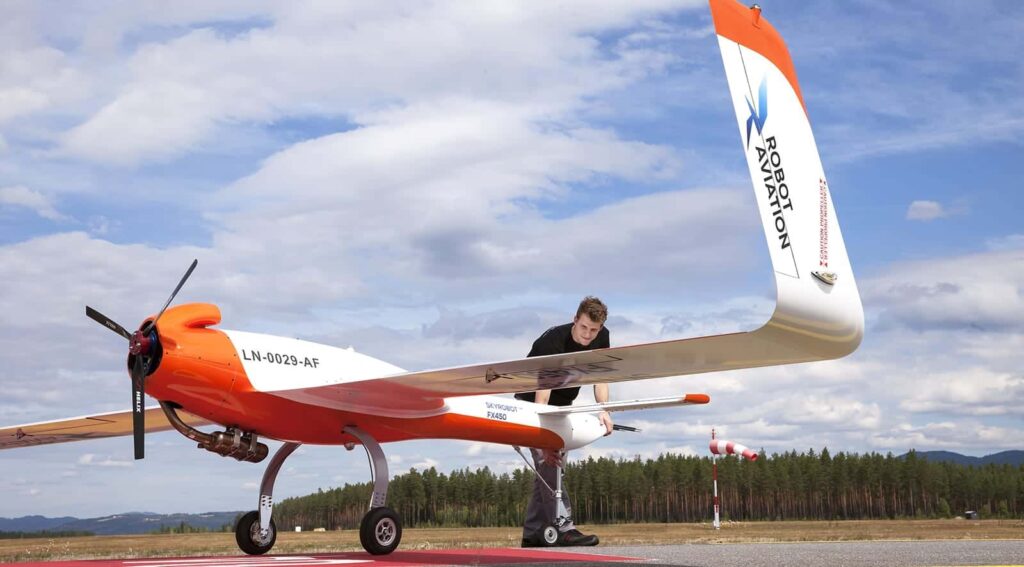
Robot Aviation’s SkyRobot™ FX450 Tactical Fixed-Wing UAV
UAV Control & Communication
Unmanned aerial vehicles may be directly remotely controlled or operate autonomously. Regardless, unmanned aircraft also require a communications datalink in order to send telemetry data as well as streaming video and other payload data. RF radio links are extremely common, and cellular communications are increasing in use as 4G and 5G coverage extends further around the world. Larger UAVs may use SATCOM (satellite communication), which provides reliable coverage almost anywhere on the planet.

































